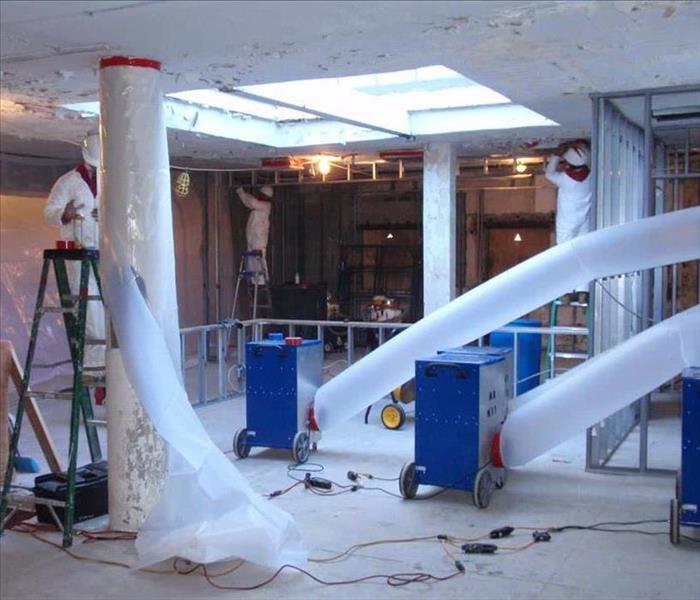Commercial Buildings & Mold: How to prevent the spread
1/11/2019 (Permalink)
Commercial Buildings & Mold are not what you want in the same sentence.
Mold counts are higher in humid conditions than dry conditions and some mold is always present, even indoors. Especially not following procedures when using equipment you THINK will help the situation. Many times these tools can serve as both a laboratory for growing mold and a highway system for transporting mold spores throughout a building. The good news is that interior mold can be controlled through regular commercial building maintenance and inspections combined with the proper design, installation, and maintenance of commercial HVAC systems.
Give us a call at (954) 733-1006 or visit our website at http://www.SERVPROftlauderdalenorth.com/
Follow us on Social media: SERVPRO Ft. Lauderdale North
Facebook: https://www.facebook.com/SERVPROFtLauderdale/
Instagram: https://www.instagram.com/SERVPROheroftlnorth/

 24/7 Emergency Service
24/7 Emergency Service
